
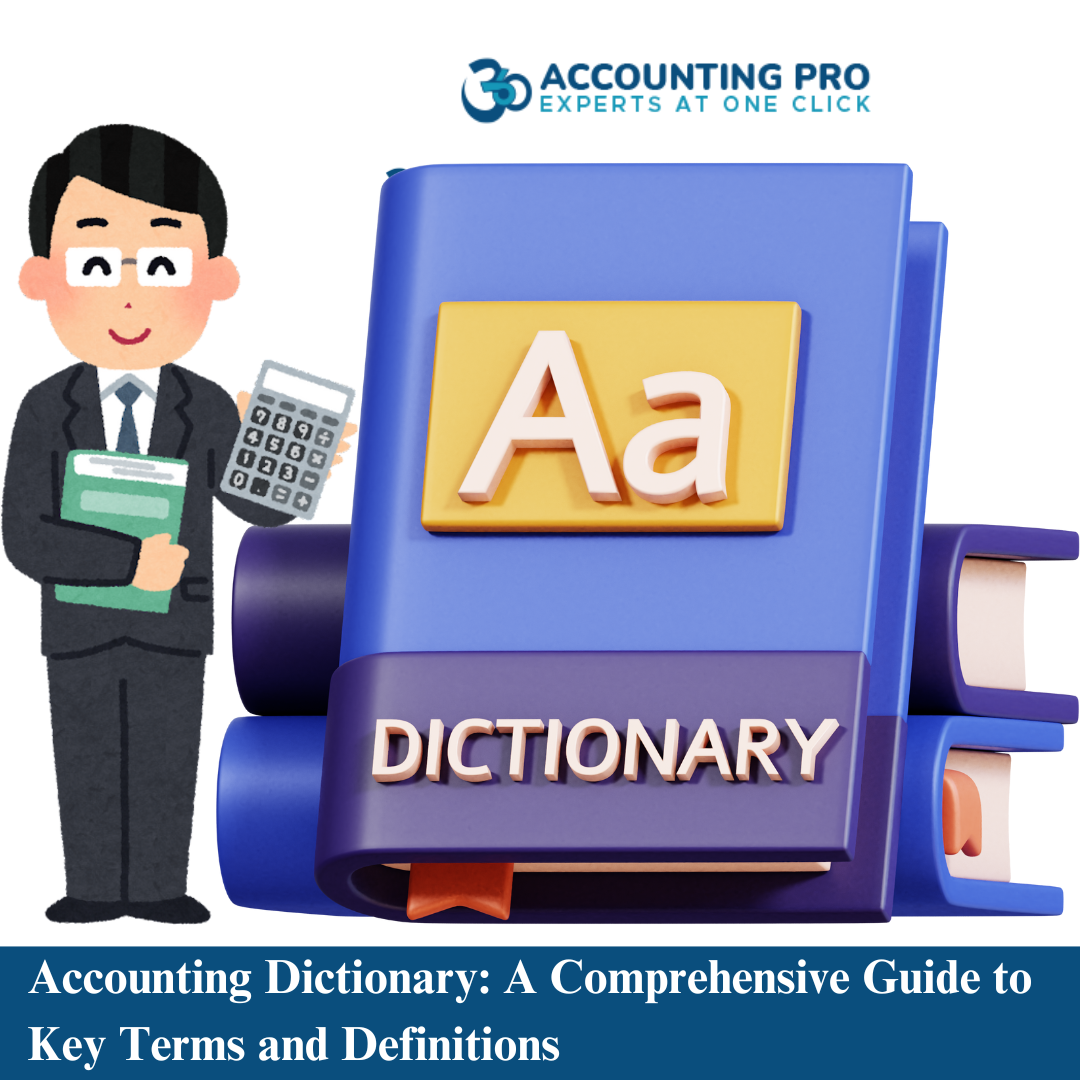
17-04-25
Accounting is a language of business, and understanding its key terms is essential for anyone involved in managing finances. Whether you're a business owner, entrepreneur, or accountant, having a solid grasp of accounting terminology helps streamline your financial reporting and decision-making process. In this blog, we’ll dive into some of the most important accounting terms and definitions you should know. We'll also link to helpful resources from 360 Accounting Pro Inc. to further guide you through the complexities of accounting.
1. Accounts Payable (AP)
Definition: Accounts payable refers to the amounts a business owes to its suppliers for goods or services received. These amounts are usually due within a short period, typically 30 to 60 days.
More on managing accounts payable: 360 Accounting Pro Inc. - Accounts Payable Services
2. Accounts Receivable (AR)
Definition: Accounts receivable is the money owed to a business by its customers for goods or services delivered. This amount is usually due within a specific timeframe, and managing it effectively is crucial for cash flow.
Helpful resources for managing AR: 360 Accounting Pro Inc. - Accounts Receivable Solutions
3. Assets
Definition: Assets are resources owned by a business that are expected to provide future economic benefits. These can include physical items like buildings, equipment, and inventory, or intangible items like patents or trademarks.
Learn more about asset management: 360 Accounting Pro Inc. - Asset Management
4. Liabilities
Definition: Liabilities represent the obligations a business owes to others, such as loans, debts, or any other financial commitments. Liabilities are typically divided into current liabilities (due within a year) and long-term liabilities (due in over a year).
Liability management insights: 360 Accounting Pro Inc. - Managing Liabilities
5. Equity
Definition: Equity represents the owner’s share in the business after all liabilities have been subtracted from assets. It’s essentially the value of the business from the owner’s perspective.
More on equity: 360 Accounting Pro Inc. - Equity Services
6. Balance Sheet
Definition: A balance sheet provides a snapshot of a company’s financial position at a specific point in time, showing its assets, liabilities, and equity. It helps determine the financial health of a business.
Learn how to prepare a balance sheet: 360 Accounting Pro Inc. - Financial Reporting
7. Income Statement (Profit & Loss Statement)
Definition: The income statement, also known as the profit and loss statement, shows a company’s revenues, expenses, and profits over a specified period, typically a month or year.
Income statement insights: 360 Accounting Pro Inc. - Income Statement Preparation
8. Cash Flow Statement
Definition: A cash flow statement tracks the inflow and outflow of cash within a company, showing how cash is generated and spent during a specific period. This is crucial for maintaining healthy cash flow.
Learn more about managing cash flow: 360 Accounting Pro Inc. - Cash Flow Management
9. Depreciation
Definition: Depreciation is the reduction in value of a tangible asset over time, due to factors like wear and tear or obsolescence. This expense is deducted periodically and helps businesses account for the aging of their assets.
Depreciation management tips: 360 Accounting Pro Inc. - Depreciation Solutions
10. Accrual Basis Accounting
Definition: In accrual basis accounting, transactions are recorded when they are incurred, not when cash is exchanged. This method provides a more accurate picture of a company’s financial performance and is often used by larger businesses.
Learn about accrual basis accounting: 360 Accounting Pro Inc. - Accounting Methodology
11. Cash Basis Accounting
Definition: Cash basis accounting records transactions when cash is received or paid. This method is simpler but may not provide an accurate reflection of a company’s financial position, especially for larger businesses.
Cash basis accounting insights: 360 Accounting Pro Inc. - Cash Accounting Solutions
12. Chart of Accounts
Definition: A chart of accounts is a list of all accounts used in a company’s accounting system. These accounts are categorized into assets, liabilities, equity, revenue, and expenses to help manage financial transactions.
Setting up your chart of accounts: 360 Accounting Pro Inc. - Chart of Accounts Setup
13. Gross Profit
Definition: Gross profit is the difference between revenue and the cost of goods sold (COGS). It indicates how efficiently a company produces its goods or services.
Learn more about calculating gross profit: 360 Accounting Pro Inc. - Profit Margin Solutions
14. Net Income
Definition: Net income is the total profit of a company after all expenses, taxes, and interest have been deducted from revenue. It’s the bottom line of the income statement and reflects the company’s profitability.
Net income calculation guide: 360 Accounting Pro Inc. - Financial Statements
15. Tax Liabilities
Definition: Tax liabilities represent the amount of taxes a business owes to tax authorities. This can include income tax, payroll taxes, and sales taxes.
Tax services for businesses: 360 Accounting Pro Inc. - Tax Preparation Services
Understanding key accounting terms is essential for anyone involved in managing business finances. The terms in our accounting dictionary above will help you build a strong foundation in financial management and improve decision-making.
At 360 Accounting Pro Inc., we specialize in providing expert accounting and financial services, helping businesses stay compliant, organized, and financially healthy. For more in-depth explanations and services tailored to your needs, don’t hesitate to reach out!
Tags : #AccountingBasics,#FinancialLiteracy,#BusinessAccounting,#Finance101,#AccountingTerms,#UnderstandingFinance,#SmallBusinessAccounting,#FinancialManagement,#360AccountingPro,#AccountsPayable,#AccountsReceivable
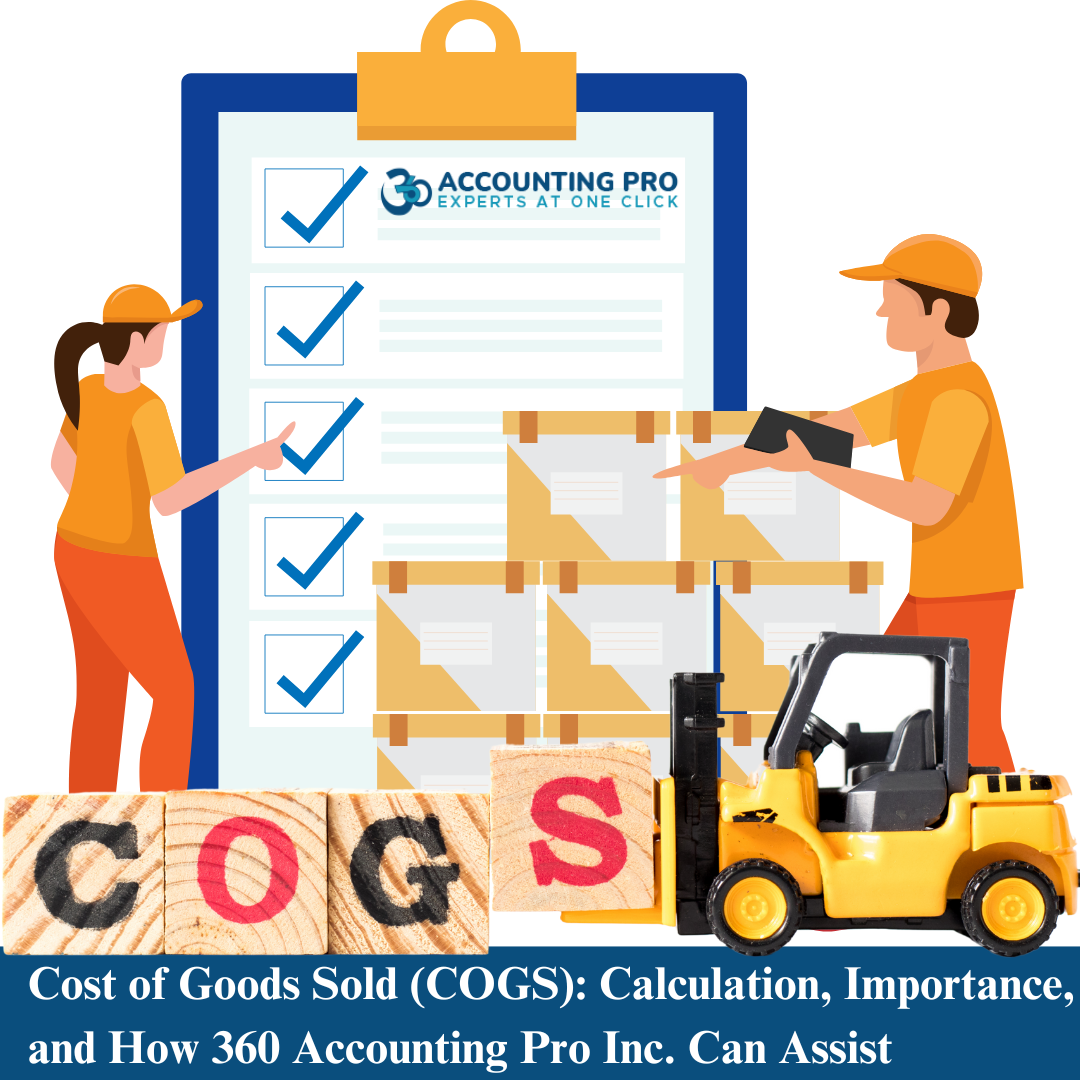


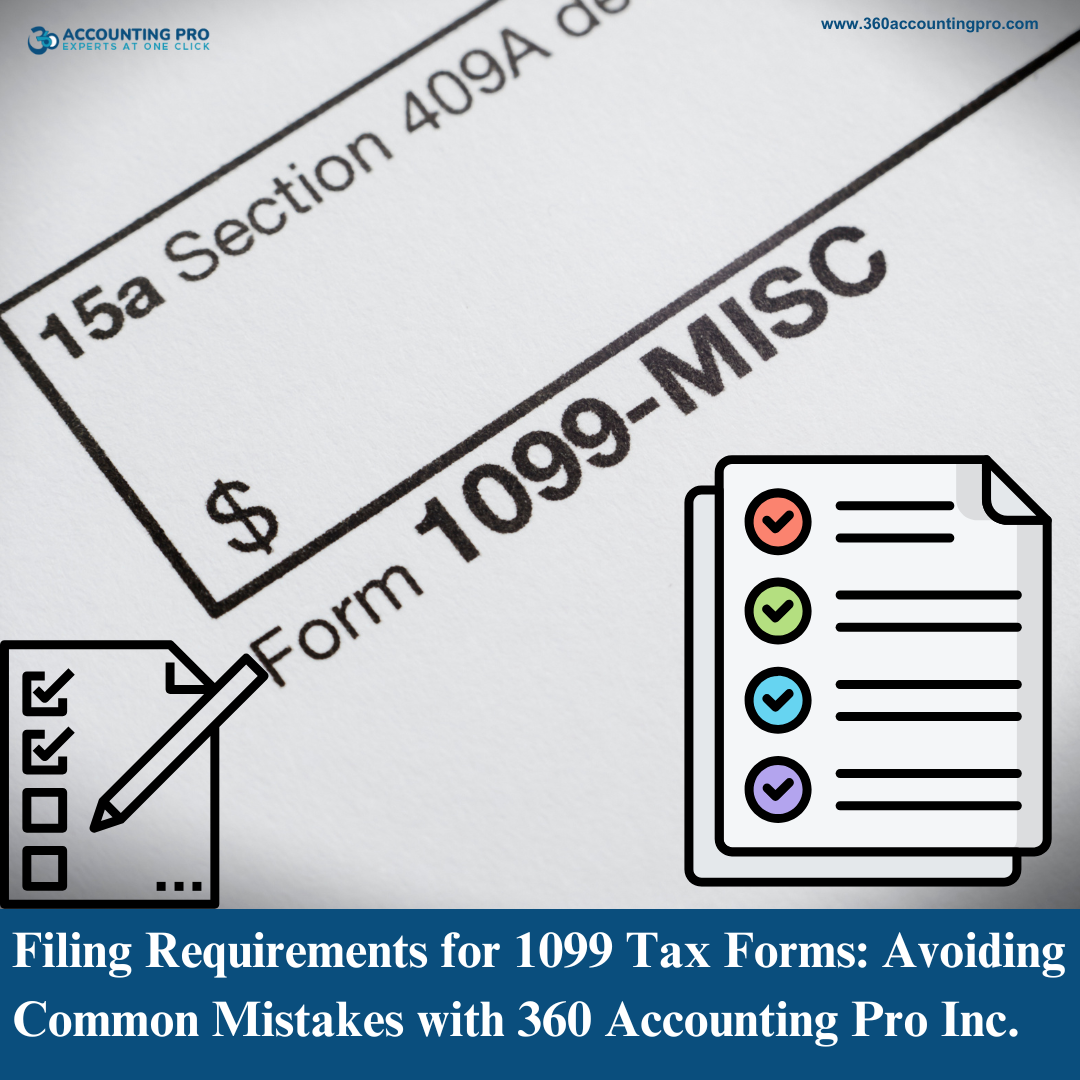


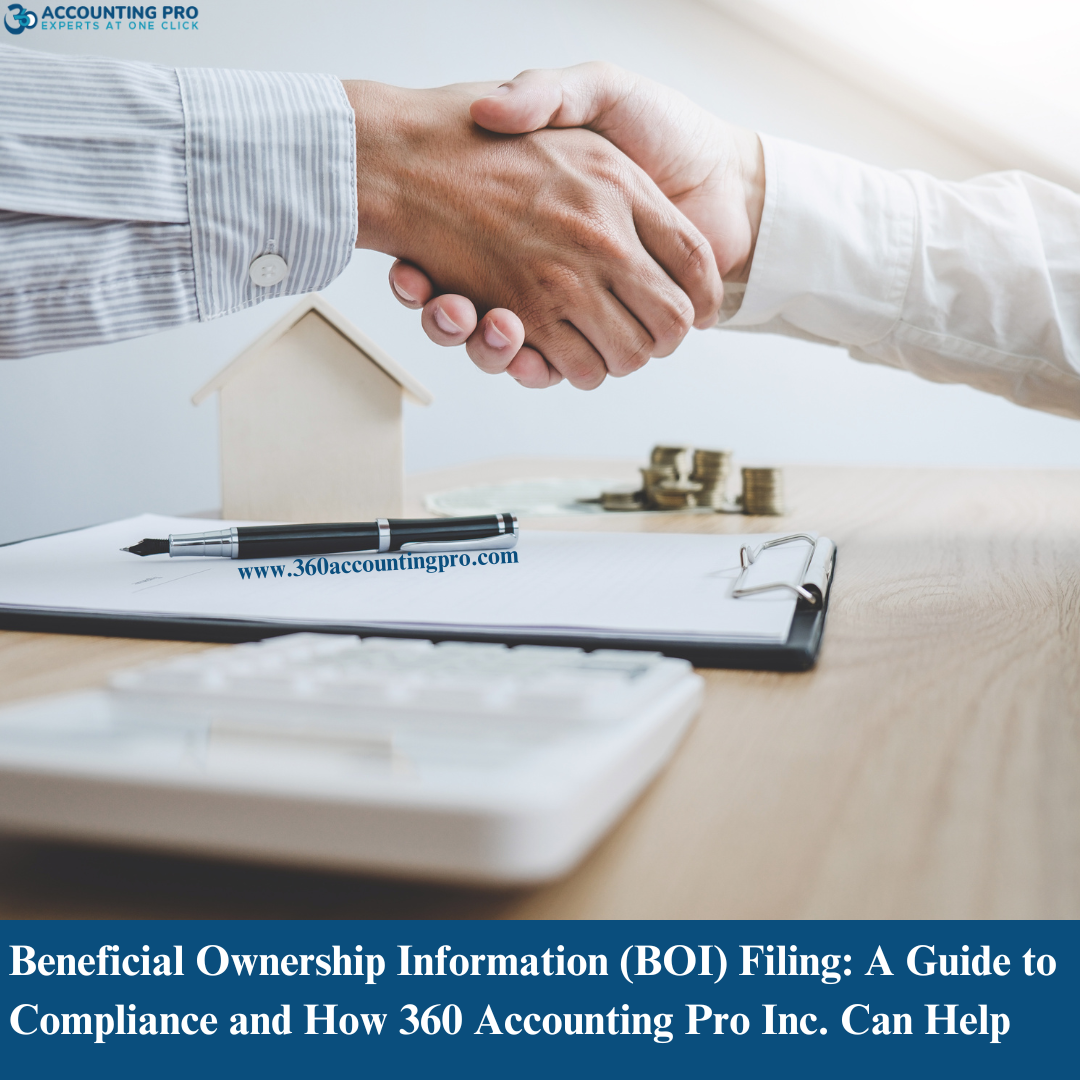
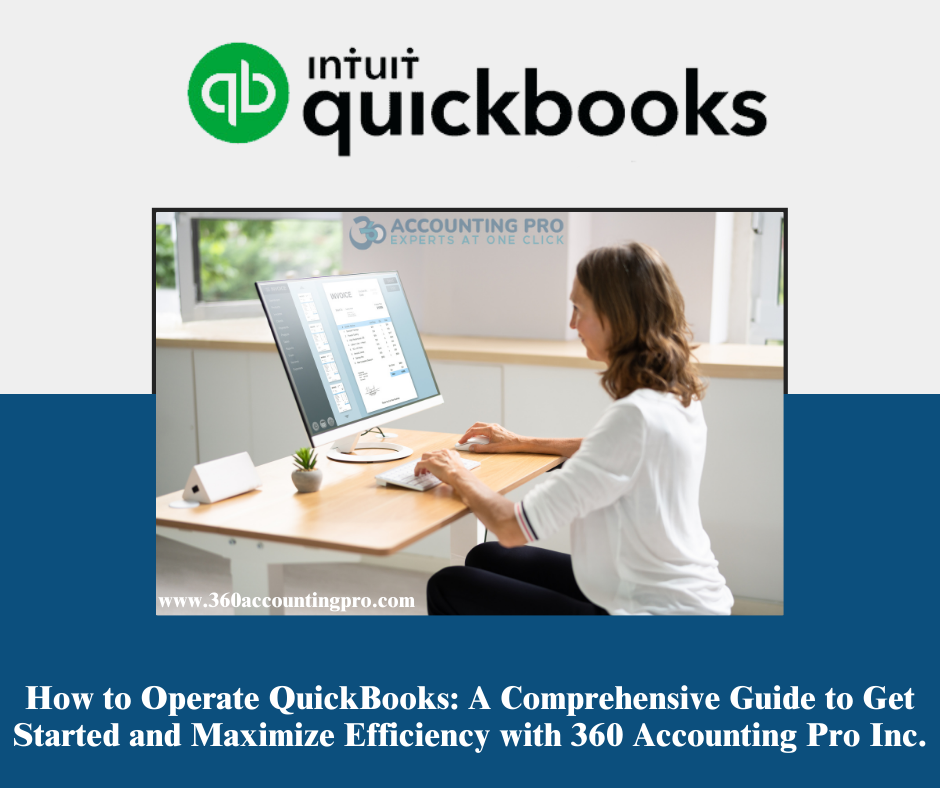

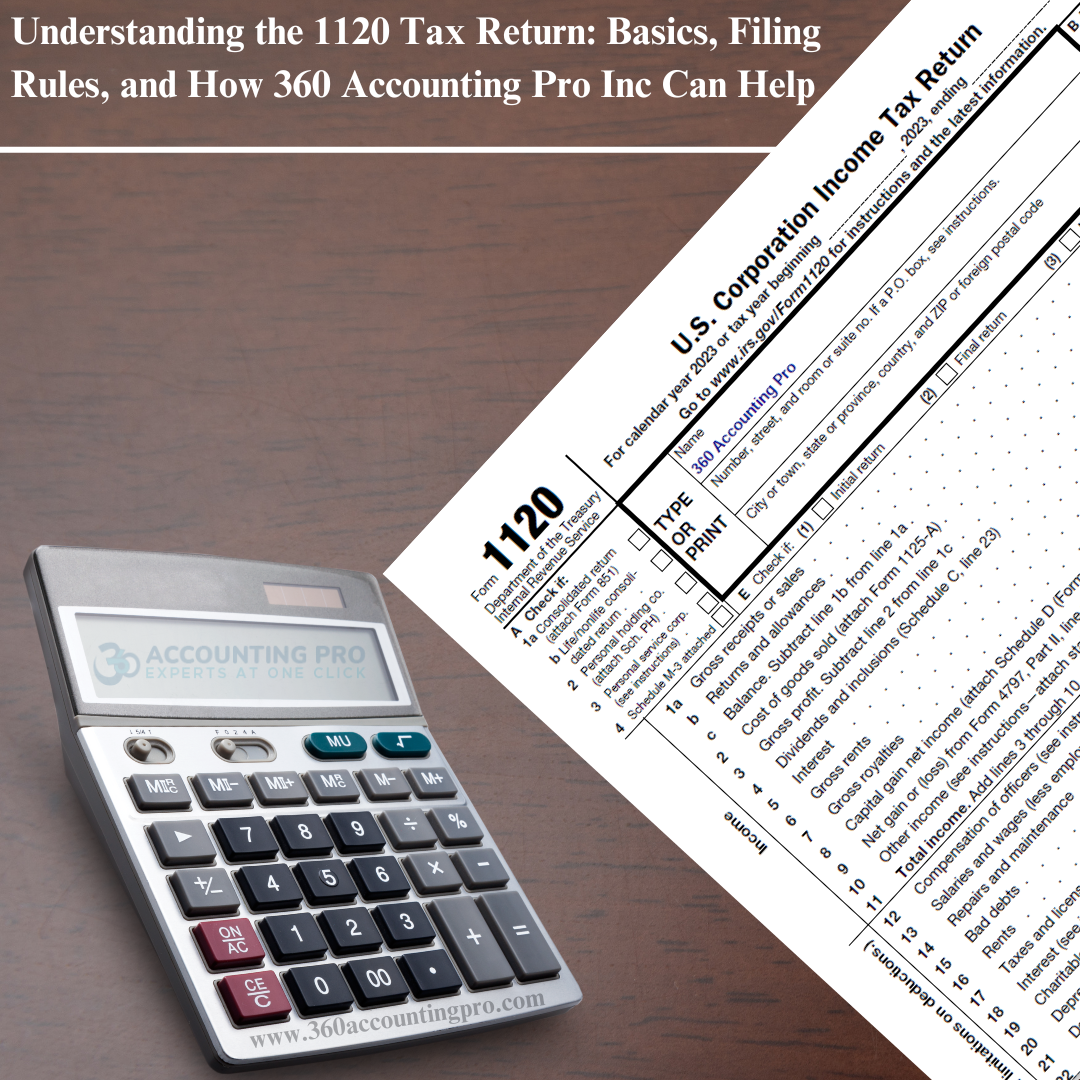
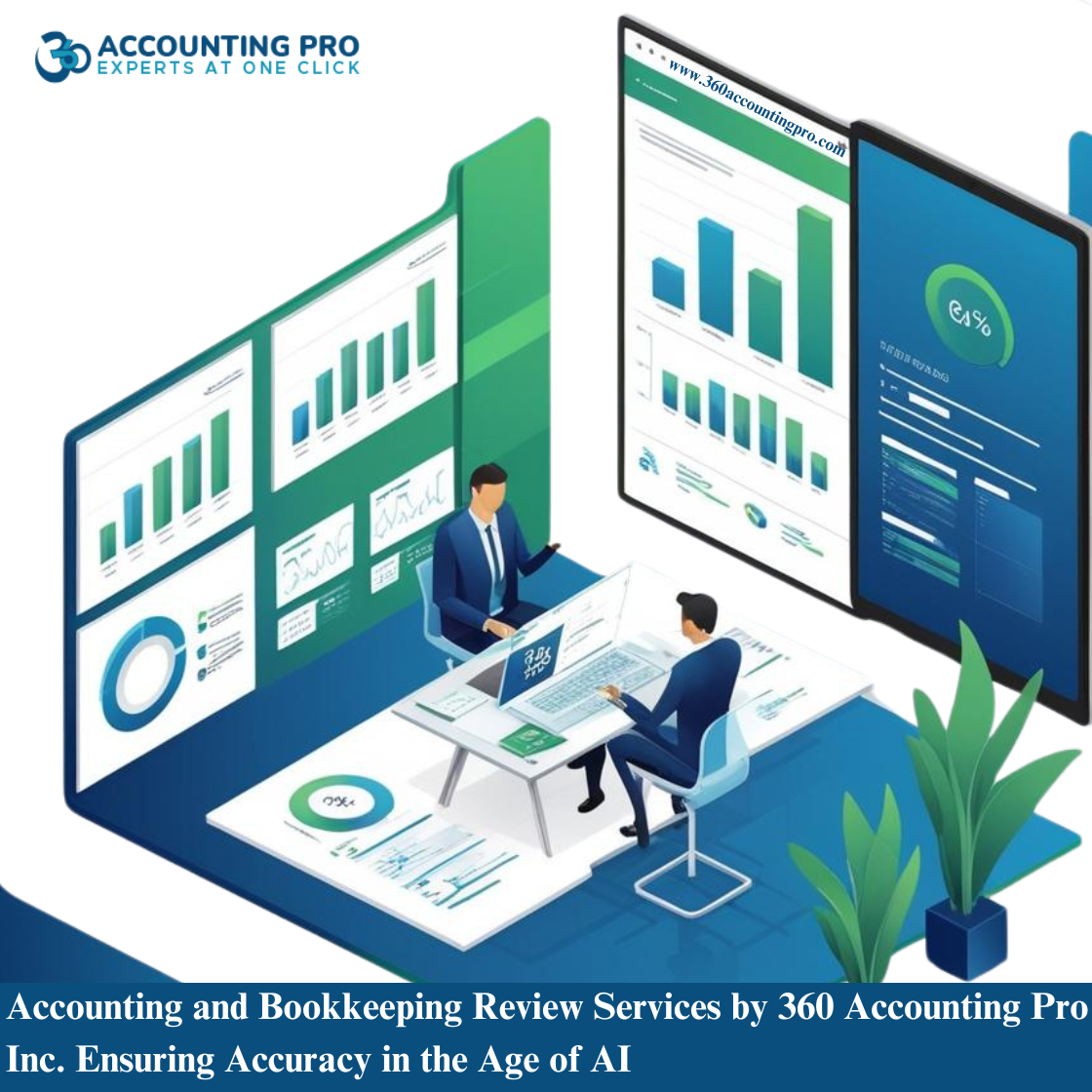
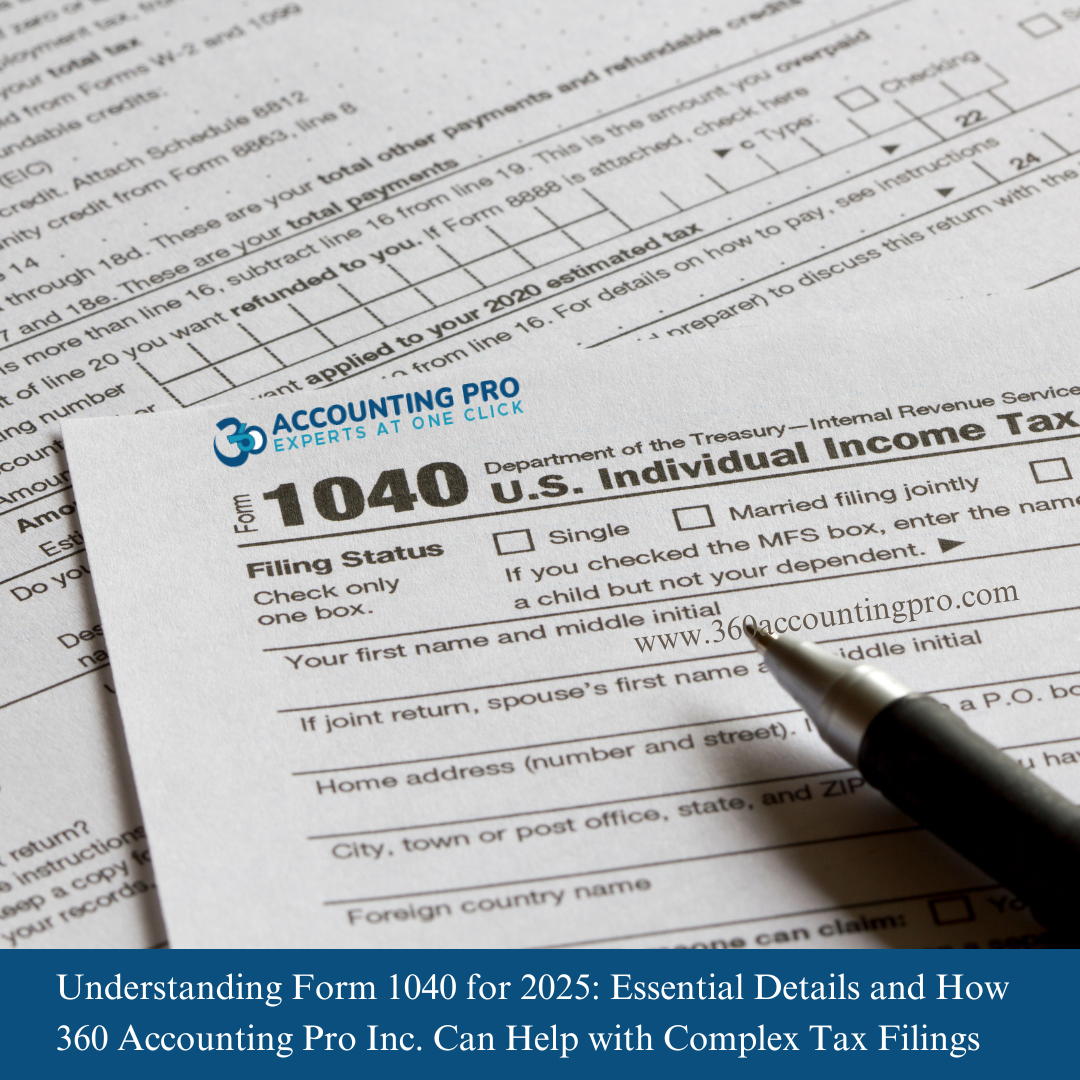









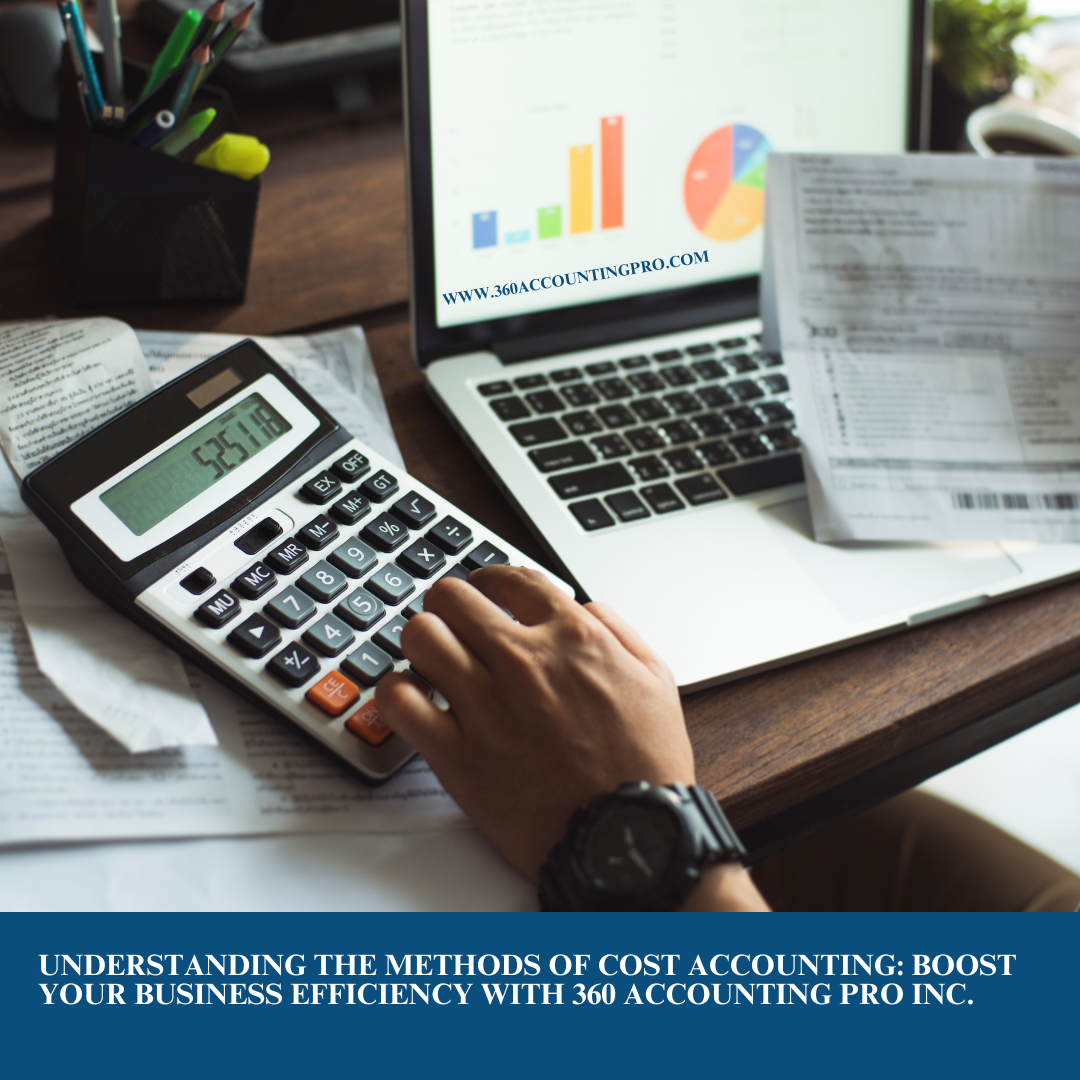
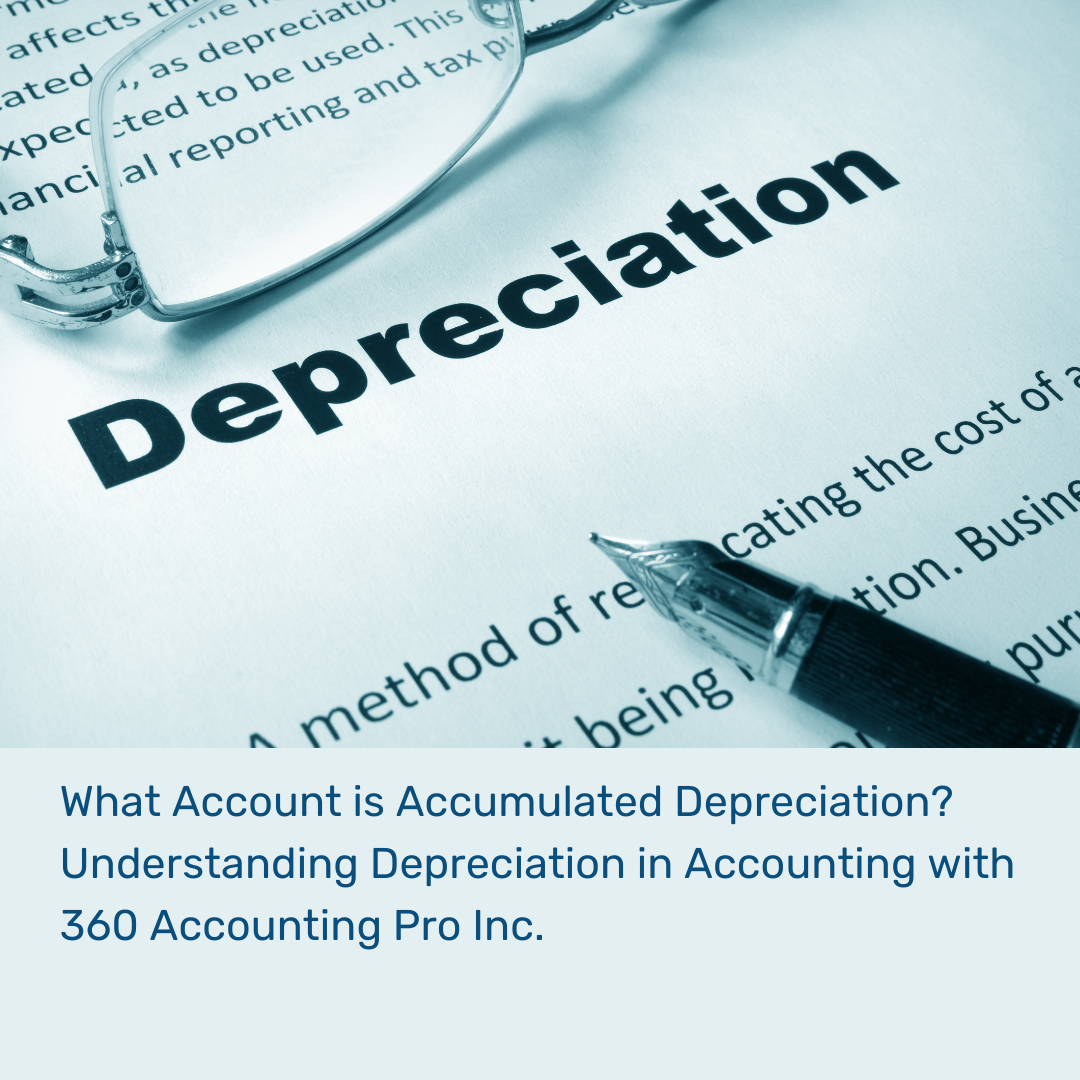
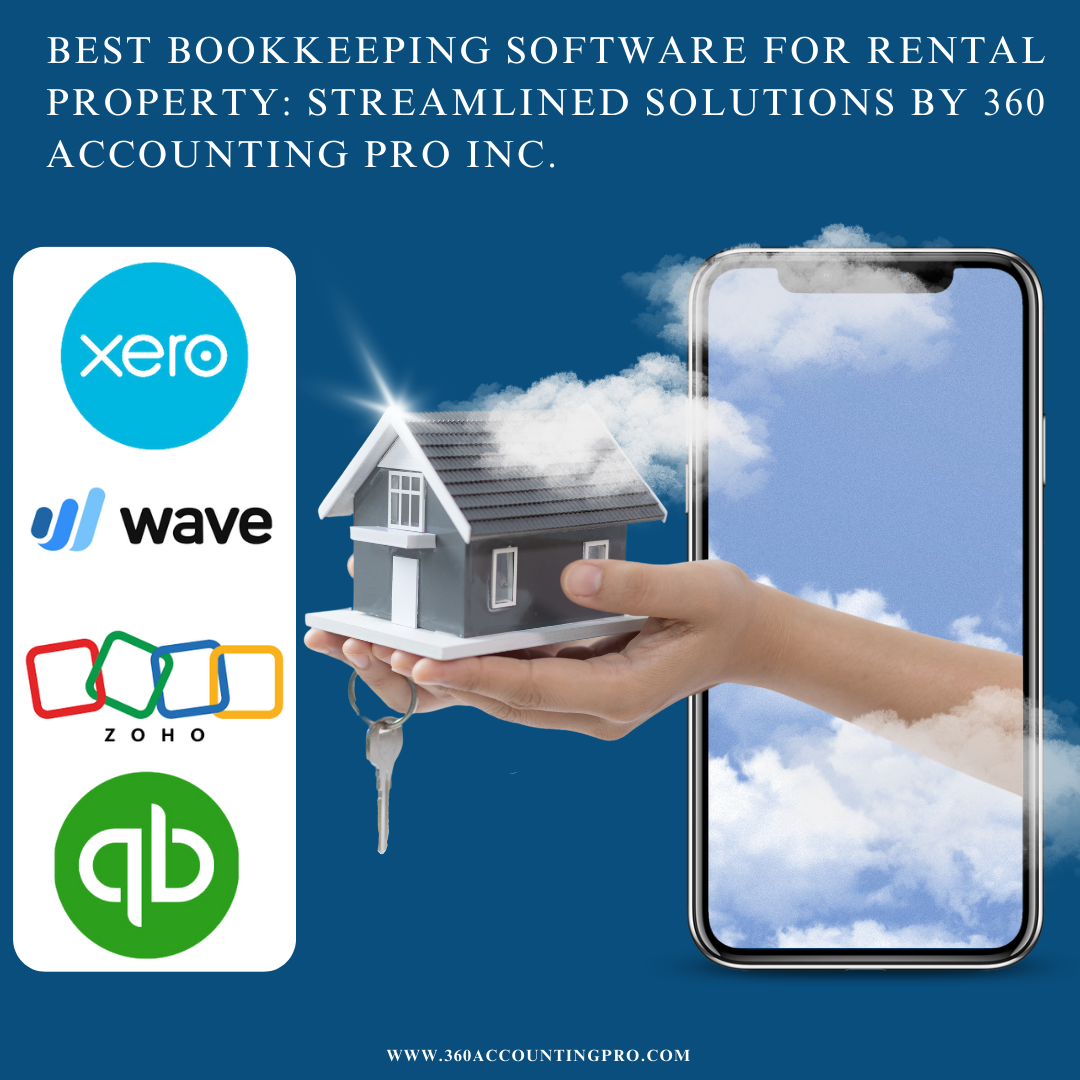



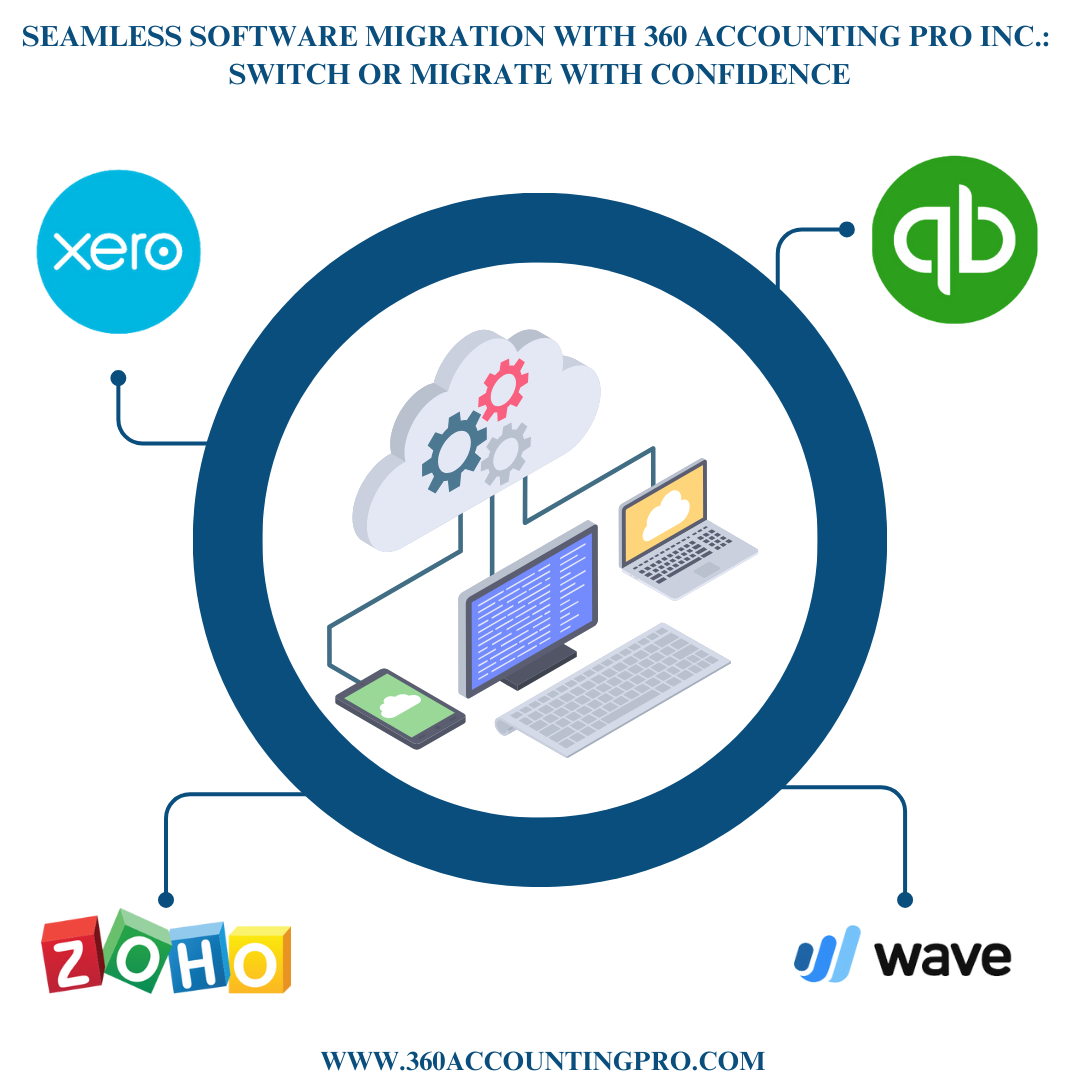
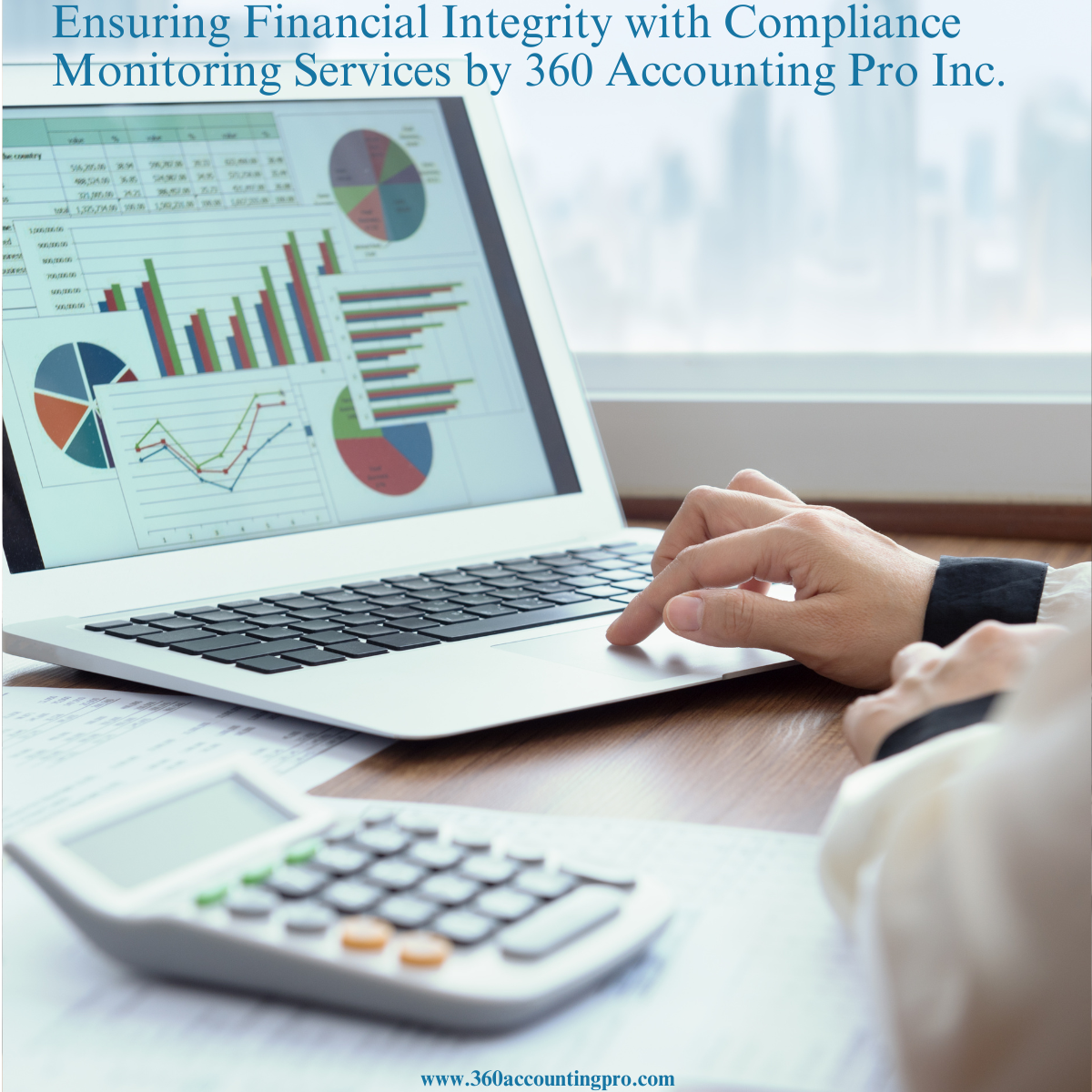





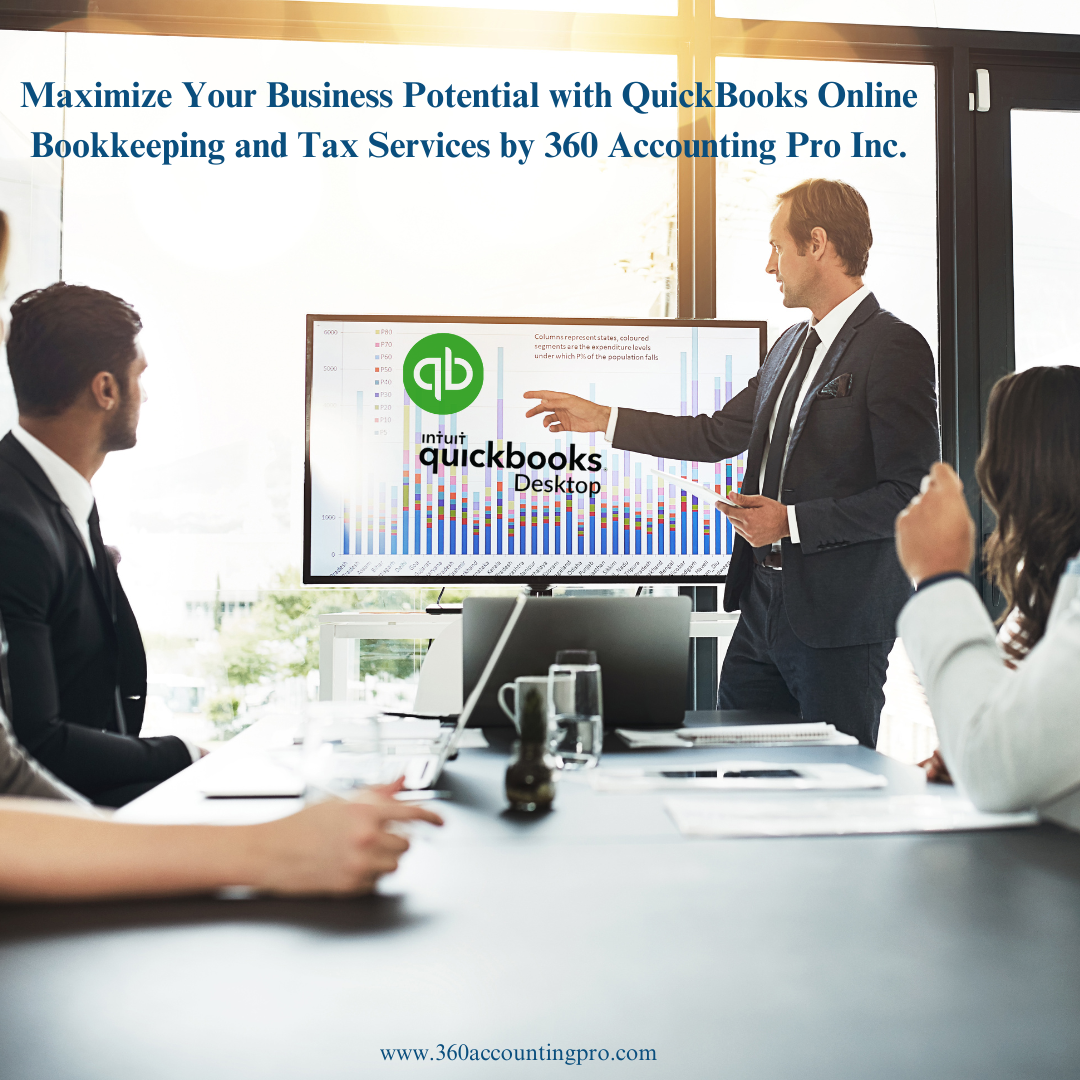




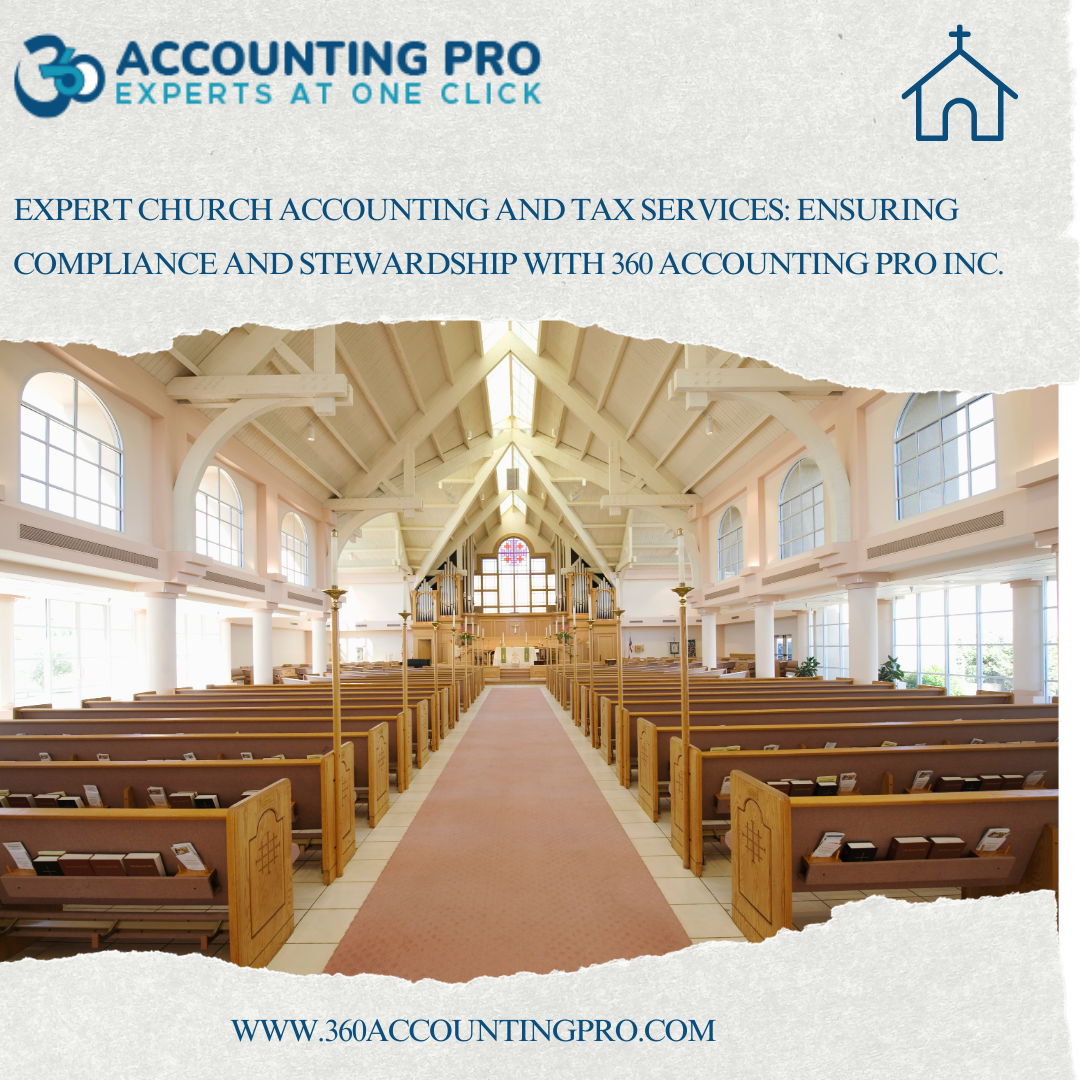
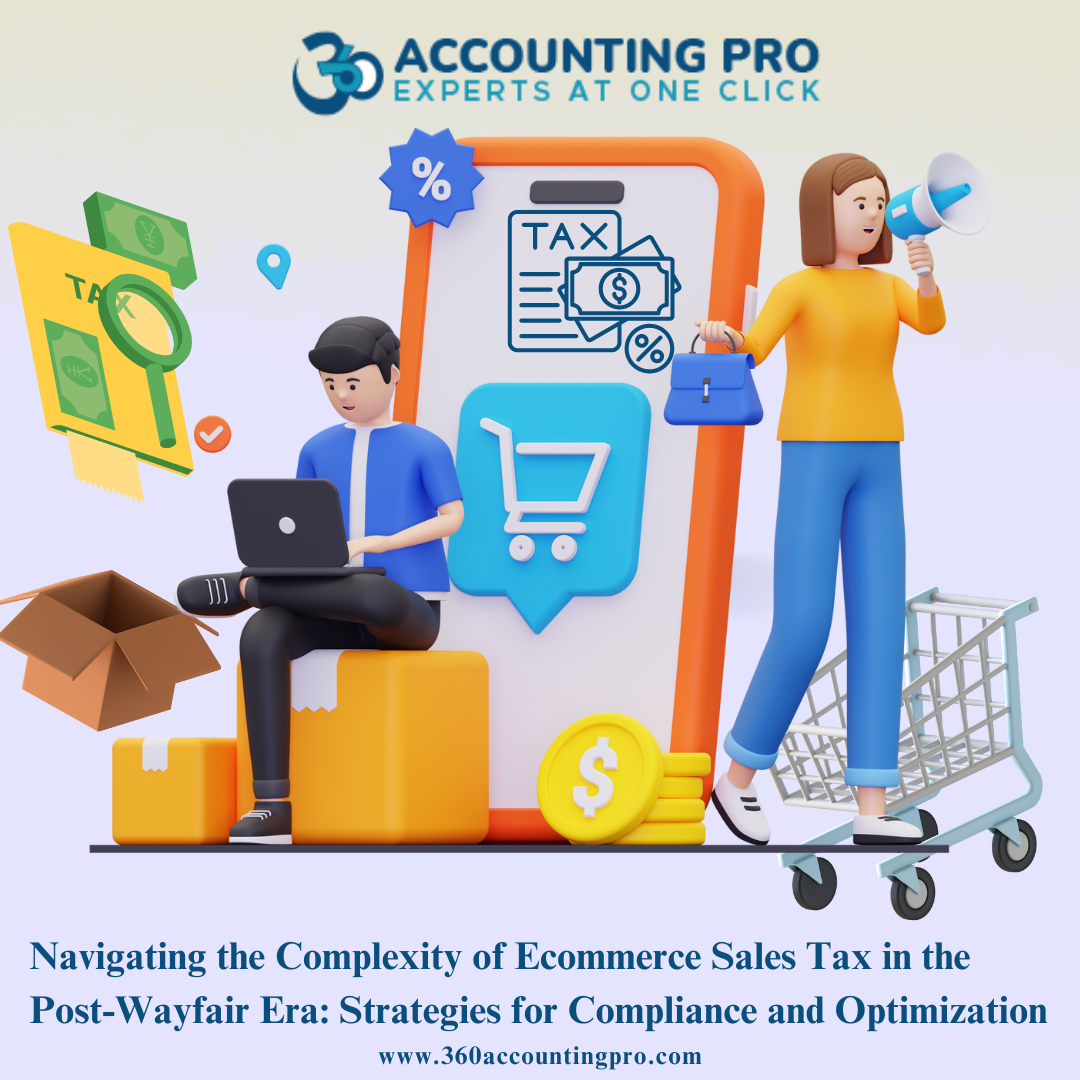





.jpg)
.jpg)
.jpg)
.jpg)


).jpg)





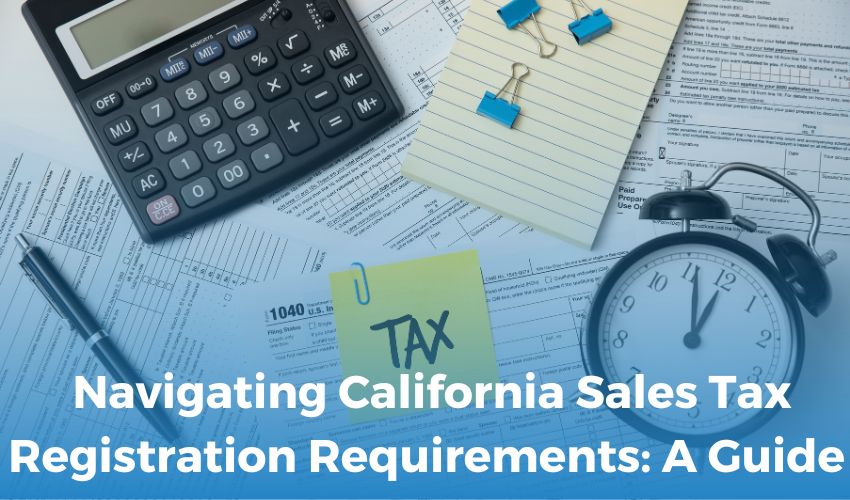





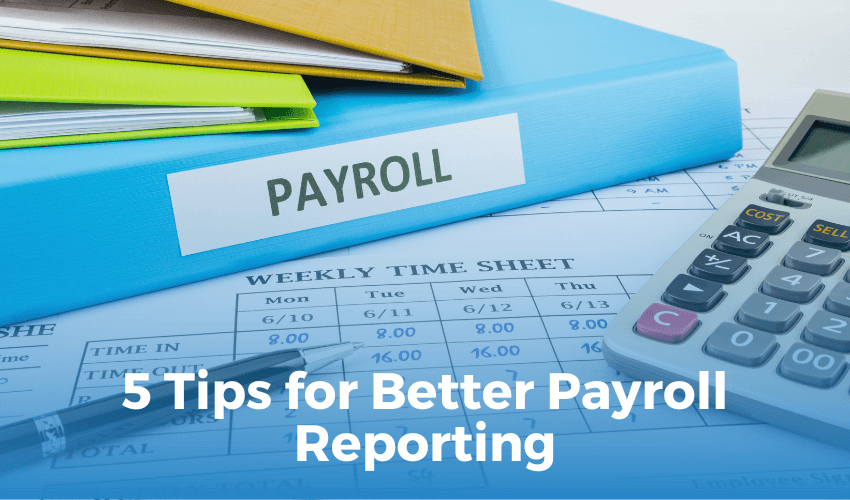
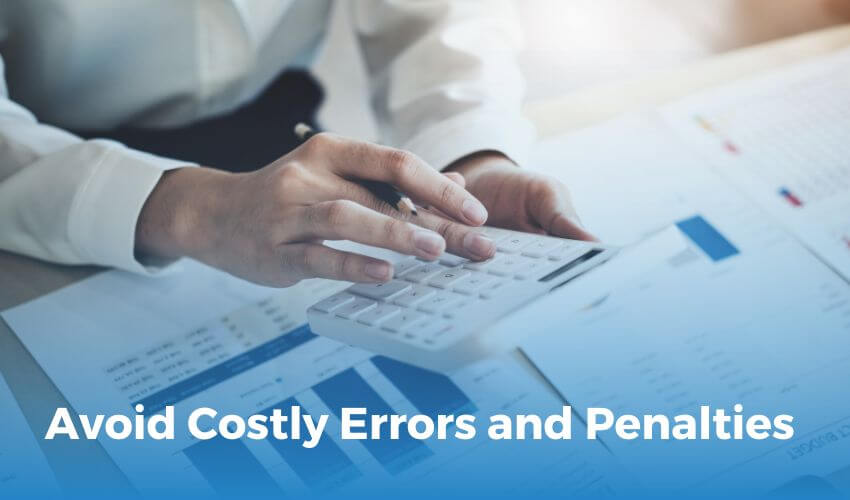

 Get A Quote
Get A Quote
Leave A Comment